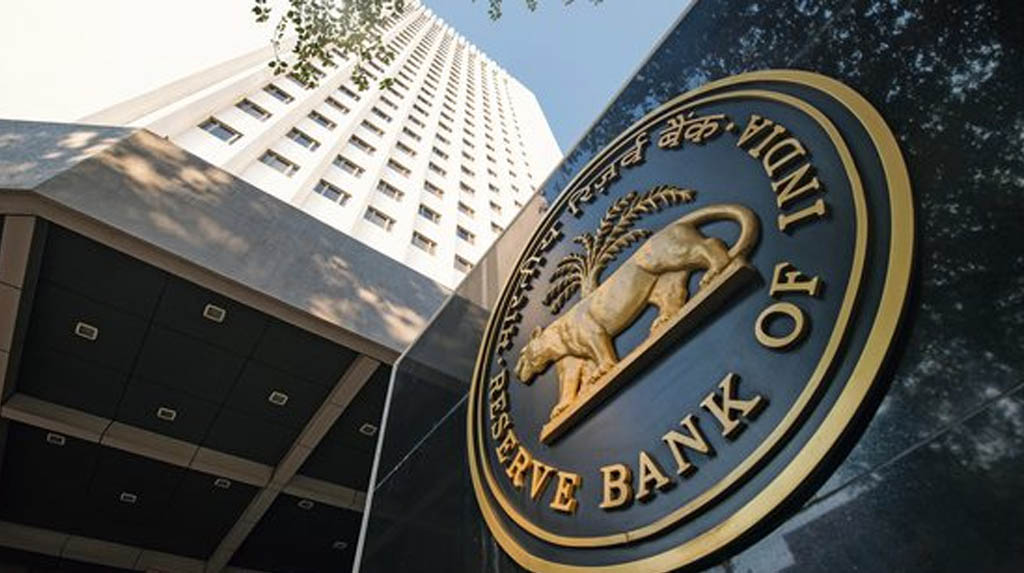BY TAPONEEL MUKHERJEE
The slew of announcements by the Reserve Bank of India (RBI) to lower the repo rate, reverse repo rate, cash reserve ratio and allowing financial institutions the bandwidth to offer a three month EMI moratorium are all much needed and welcome as India grapples with an unprecedented but much-needed shut down due to the global coronavirus pandemic. The RBI stimulus has hit at the most crucial issue at hand, i.e. “lack of or in most cases absence of cashflows”. Helping individuals and businesses tide over temporary cash flow issues will be critical to ensure that as and when the economy recovers and demand picks up, businesses can move (if not bounce) back to normalcy.
The biggest challenge is the stoppage in cash movement due to the shutdown. As businesses stop selling and the wheels of the economic system stop turning one gets a chain reaction through low to no sales, thereby impacting a firm’s capacity to invest, pay back debt and pay employees. As both firms and individuals are hindered, excess liquidity in the system due to the RBI policy changes allows lenders to both ease the credit constraints as well as lower the cost of credit. Flexibility around credit repayments and a lower price of credit through greater liquidity in the financial system will boost the economy to cope with the crisis and eventually recover.
We may underscore that the issues faced by borrowers are more a liquidity issue and going forward also an issue of lagged demand growth. The coronavirus driven shutdown has led to a sudden stop in demand. A lot of even high-quality businesses may be severely constrained. The vital aspect to note is that those businesses which remain high-quality are negatively impacted by an exogenous shock that has rendered their current cashflows insufficient to cover their costs, debt servicing and employee payrolls. The RBI policy changes carefully address this “liquidity issue” that is at the forefront of the problems.
Additionally, the RBI policy changes through increasing liquidity and providing banks with the option of offering a moratorium on EMI payments, at once, recognises that while demand drop was a “jump event” with a sudden drop in demand, the recovery in demand will be more of a “trickle incremental event” once the shutdown ends, and the pandemic subsides. The increase in demand may be more gradual vis-à-vis a sudden drop. Policies that allow a lower cost of credit, higher availability of credit and flexibility around loan structuring will assist both lenders and borrowers better to match their credit cashflows with the business cashflows.
The RBI announcement on the targeted long term repo operation (LTRO) is one that is also vital in high volatility and low liquidity situation. The RBI’s decision to offer banks capital provided the money is invested in investment-grade corporate bonds will, to some extent, help ease the pressure on the spread widening and low liquidity seen in the corporate bond market. The LTRO announcement shows that there is a realisation that all selling in the markets isn’t necessarily a view on the fundamental value of the asset under consideration but is also driven by technical liquidity and portfolio allocation factors, especially in times of crisis. Primarily, market participants sell since they need the cash to tide over current issues as opposed to selling based on asset value. The LTRO, if used by the banks, can, to some extent, help support the corporate bond market.
At a broader level, the recent policy changes of the RBI have created a framework for releasing liquidity into the financial system to absorb the corona virus shocks better. The ability of market participants to realise that while the current problems are grave, the need to restructure credit agreements around cashflows is critical for both lenders and borrowers. The RBI policy announcements have provided the market with the tools with which to manage the cash flow mismatches to tide over current issues to some extent.
Essentially, while specific human behaviour patterns might change, people will still fly on planes, eat out at restaurants and stay at hotels. Short-term exogenous shocks, however large, won’t change the fundamental nature of businesses in the medium to long-run. The RBI through both policy and signalling has shown the will to support the markets quite actively to help move forward.
(The views expressed in this article are personal and that of the author. The author heads Development Tracks, an advisory firm. You can contact him at taponeel.mukherjee@development-tracks.com or @Taponeel on Twitter)
(IANS)




